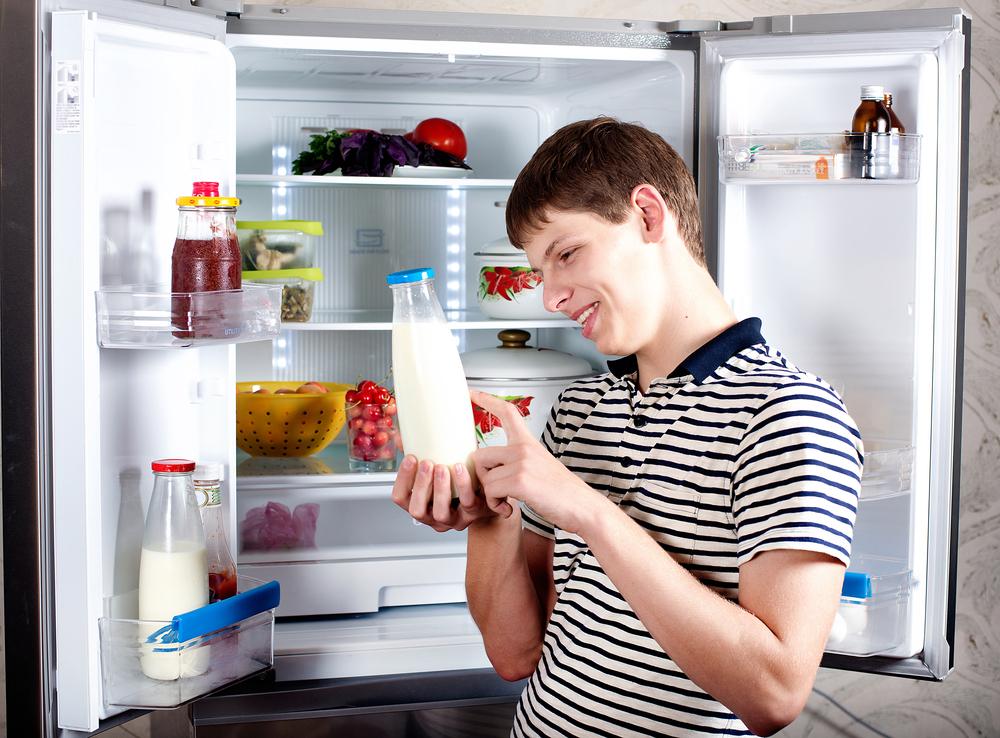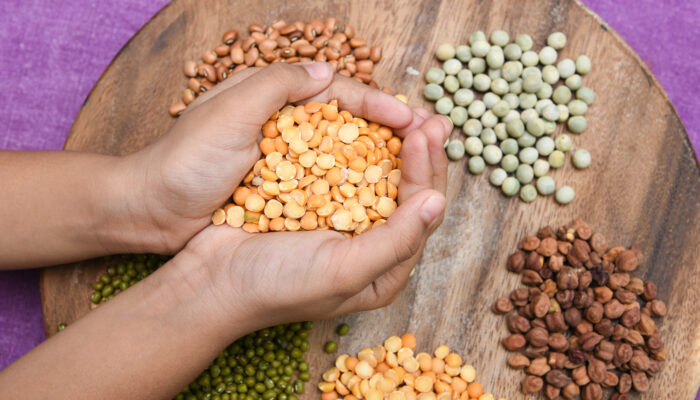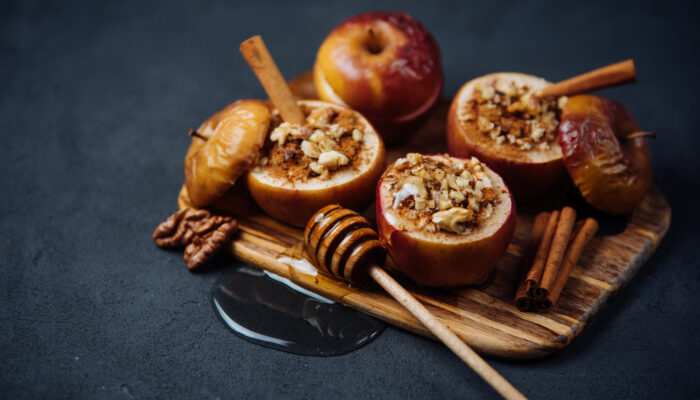
10 Safety and Storage Tips for Refrigerating Food
Storing your food safely is of utmost importance because it can get contaminated otherwise, leading to health issues in case of consumption. There are some important safety and storage tips for refrigerating food that you should know to ensure that you do not put your own or your loved ones’ health at risk.
Also, besides the safety and storage tips for refrigerating food, it is important to be mindful of the temperatures at which food needs to be stored, cooked, and reheated.
Not abiding by these guidelines can increase the chances of contamination. Key safety and storage tips for refrigerating food include the following:
- The first thing you need to check is the expiry date on the food package as it conveys the food’s shelf life. Also, the storage instructions are of equal importance and need to be kept in mind.
- For refrigerating food, you need dry, clean, and hygienic containers, preferably airtight. These factors will ensure that the food can be stored for much longer periods, and the risk of contamination is minimized.
- It is always better to be safe, so if you doubt the quality of the food stored, it is best to throw it out.
- Since food-poisoning bacteria tend to grow quickly when the temperatures are between 5 and 50 degrees centigrade, it is best to keep all your high-risk items out of this range. High-risk items include poultry like turkey and chicken or foods that have these, lasagne, casseroles, eggs, mousse, dairy foods like desserts, cheesecake, custard tarts, cooked pasta and rice, ham and salamis, ready-to-eat foods like rolls and sandwiches, prepared salads, pizzas, and such.
- Foods sold in cans or jars can also become high-risk foods when opened. So, they must be stored in the right way to prevent contamination.
- When you shop for frozen and chilled foods, they should be taken home as fast as possible and placed in the fridge or freezer right away.
- Cooked food that needs to be stowed away in the fridge must be cooled down first. You can place the cooked food into shallow dishes so that it cools off faster. Once the steam has stopped rising, you can place it inside the fridge.
- Food-poisoning bacteria grow inside frozen food when it is being thawed, so you must not thaw frozen foods when the temperatures are in the danger zone. Defrosted food should be stored inside the fridge until it can be cooked. Refreezing thawed food is also not advisable because it may contain higher bacteria levels.
- Inside the fridge, raw and cooked foods must be kept separately as bacteria from raw food can also contaminate cold cooked food. So, it is best to store raw food inside sealed containers at the bottom of the fridge, below the cooked dishes.
- The containers you choose to store food safely in the refrigerator must be in very good condition and should have tight-fitting lids or plastic film for reducing the chances of poisoning. Even the food in cans must be shifted to the right kind of containers for storage once the can is opened.



